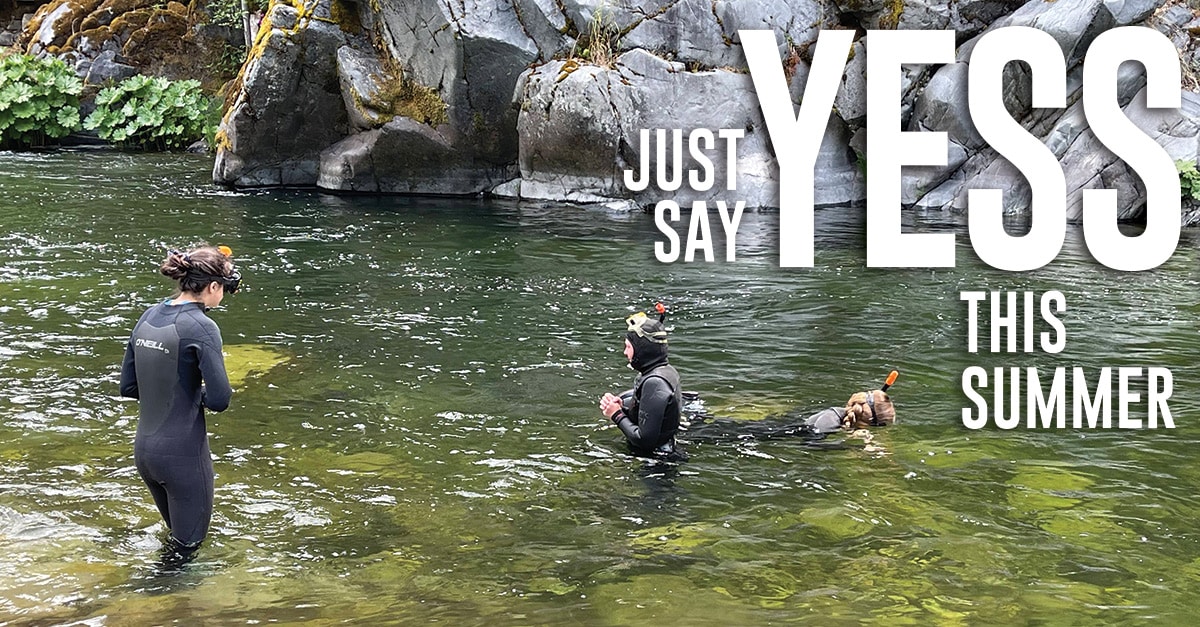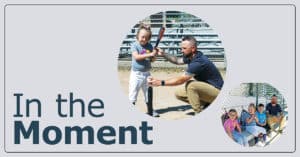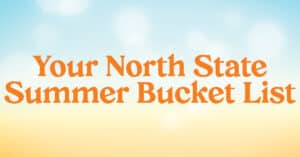Just Say Yess This Summer
Youth Environmental Summer Studies Program…
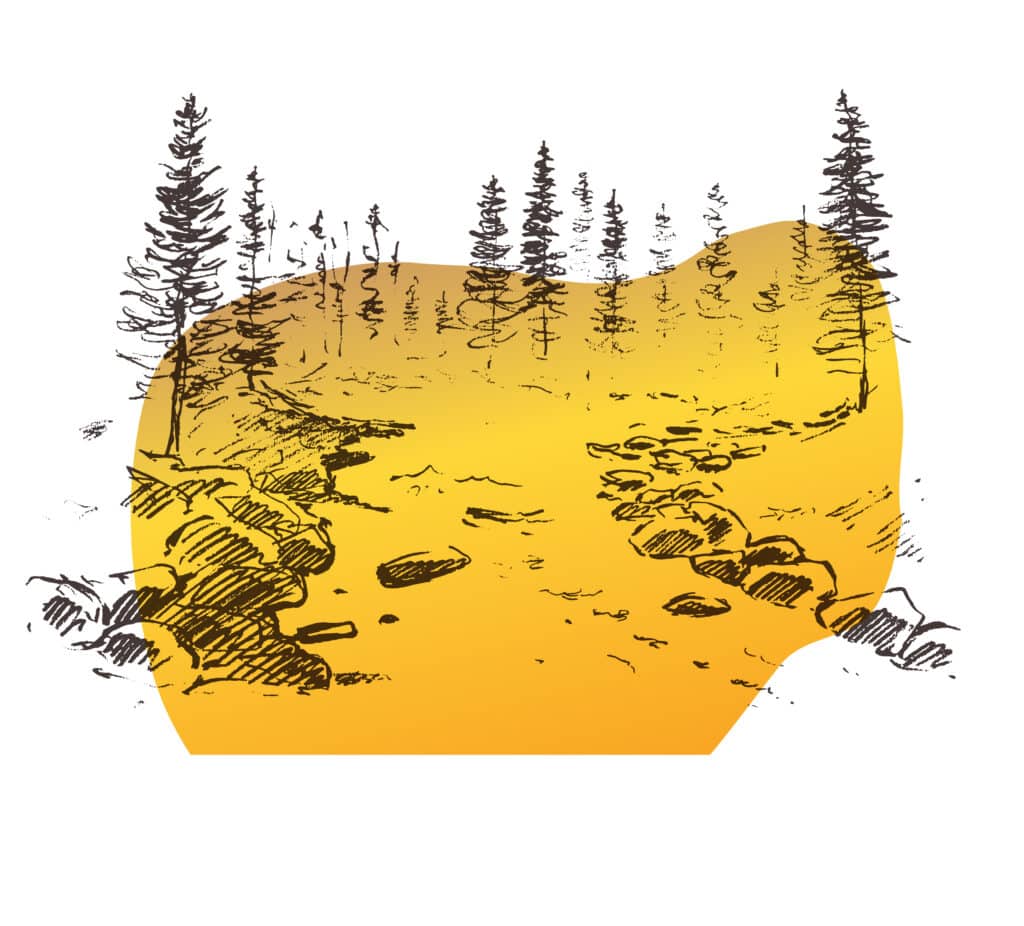
According to National Geographic, a watershed is “an area of land that drains or ‘sheds’ water into a specific waterbody.” In fact, every single body of water belongs to a watershed, starting with the rainfall and snowmelt to the rivers and streams that wind their way into lakes, bays and oceans. In Northern California, where the Klamath and Sacramento rivers flow, the waterway networks created by these two massive rivers are not only two of California’s biggest, but they affect just about every aspect of life. “What we’re doing in the lowlands affects the river. What we do in the uplands affects the river. That’s because our rivers connect us, our animals connect us, our fish connect us, our fires connect us, and our people connect us,” explains Charnna Gilmore, executive director of the Scott River Watershed Council, a nonprofit operating along tributaries in the Klamath Basin.
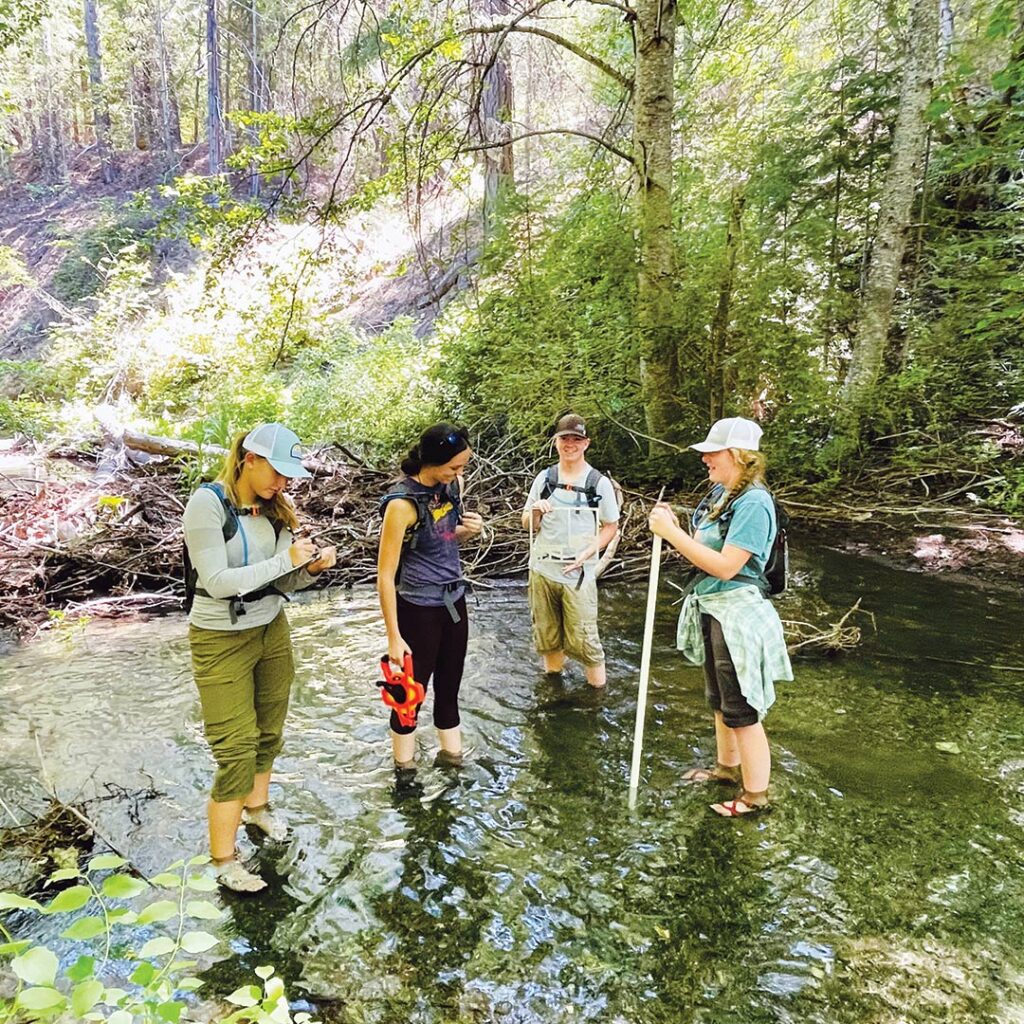
Getting youth to understand the importance of this interconnection helped lead Gilmore and the Scott River Watershed Council to launch the Youth Environmental Summer Studies (YESS) program in 2018. YESS is a one-of-a-kind program that Gilmore says draws some influence from her past work with the Civilian Conservation Corps. “The YESS program is a six-week youth summer studies program that works with the Klamath National Forest, the Salmon River Restoration Council and the Etna Police Department’s Police Activities League program. It also involves landowners and other agencies that come in to work with students in different fields. It is a work program, and they do get paid. But it’s really designed to try to give the kids a wide breadth of experiences in the field.”

The variety of disciplines students encounter runs the gamut from botany and fisheries to soil health, land management and fire science. “We try to make it very broad, with every day doing something different, with nothing behind desks. This program’s about getting them out and getting them dirty and sweaty, where they really touch, taste, feel and smell with all those sensors. There are moments they hate it and moments they love it. We’ll pack out bags and bags of invasive weeds, but we’re also asking, what impact does that have? The kids work in the fisheries directly with the fish, trying to identify them and learning about habitat. We do work in zones where fuel management is critical because we’re facing these catastrophic fires, so we’ll spend days working really hard to reduce fuels, developing burn piles for later prescribed burns. But we’re also sitting down and talking about the importance of oak woodlands to different species. Students collect data about aspens and in-stream conditions. We’ve also started integrating soil health into our discussions, especially with our projects around biochar and agriculture. And, then the last two years the students have also been helping out with the Etna Community Garden, with some time at the Yreka Community Garden. It’s learning, it’s networking, and it’s giving young people an opportunity to relate to systems and how they connect to the overall health of our ecosystem.”

As Gilmore describes the program, her excitement about the intellectual and emotional growth she’s seen is palpable. “It’s always, you know, where do you connect with a kid? You don’t ever know that moment. We had one student that was in our program four summers ago. She had kind of struggled in school and felt she didn’t have a purpose. Then, she had this epiphany moment in Salmon River where they were doing dives. All of a sudden, the bulb went ‘poof’ and she said, ‘I can do this.’ I still have goosebumps. Now she is at Humboldt in her third year, in the fisheries program. She’s rocking it, and she wants to come back here. And if she hadn’t had that one moment in time, we might not have connected with her at all.”

Of course, there’s the other end of the spectrum, as well. “One student, in her final exit interview, told me she hated every moment. The sweat. The work. But I thought this was great because she told me she also learned something. She never wants to do outdoor work ever again in her life.”
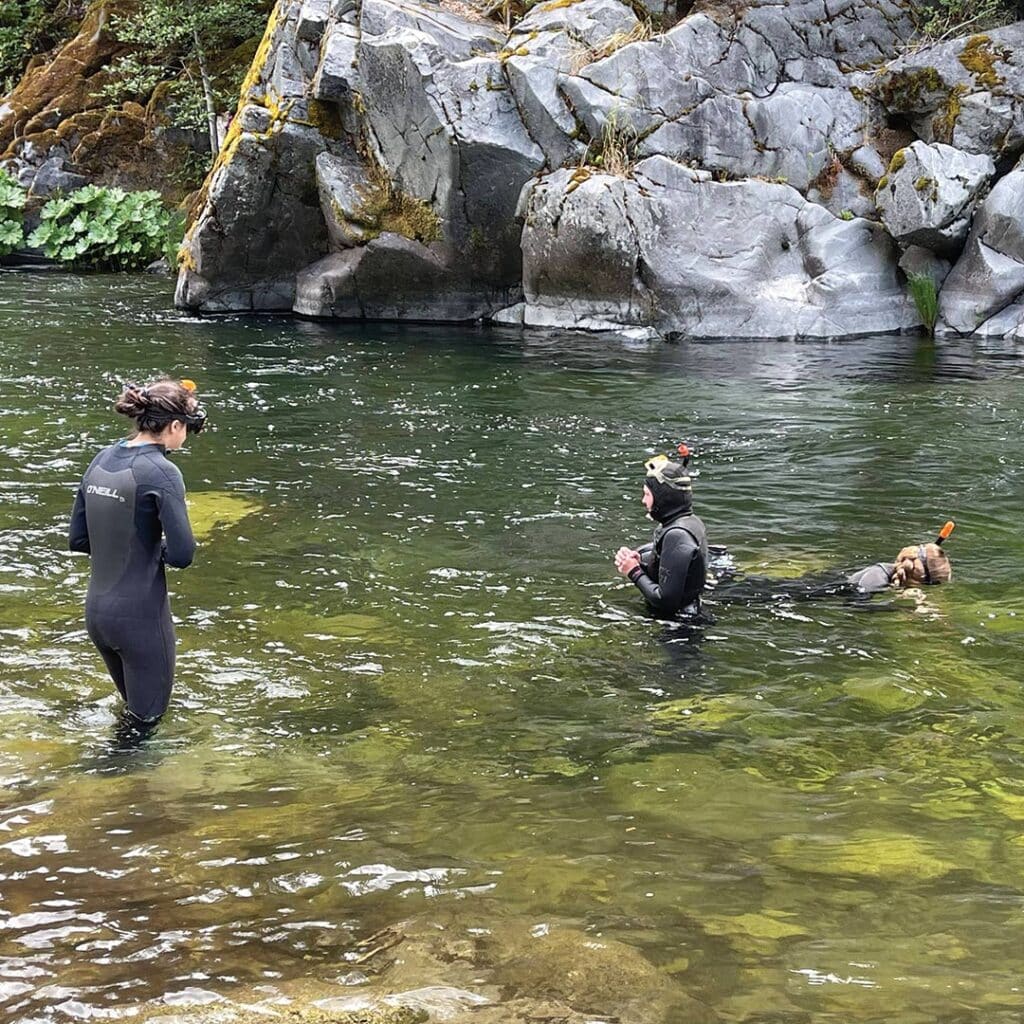
Although fun often comes with the territory, when it comes to YESS’s mission, Gilmore is more serious. “I think it’s so easy to feel like we don’t matter to the whole, but we do. All our actions have impacts on it. Etna is part of Scott Valley, and Scott Valley is part of the Klamath, and the Klamath is part of the ocean, and the ocean is part of our world. It all connects us into one big, important community, and it starts with self.”•
Scott River Watershed Council
514 N. Highway 3, Etna
www.scottriver.org

